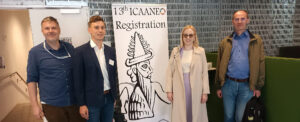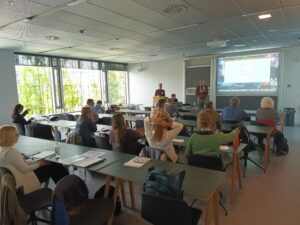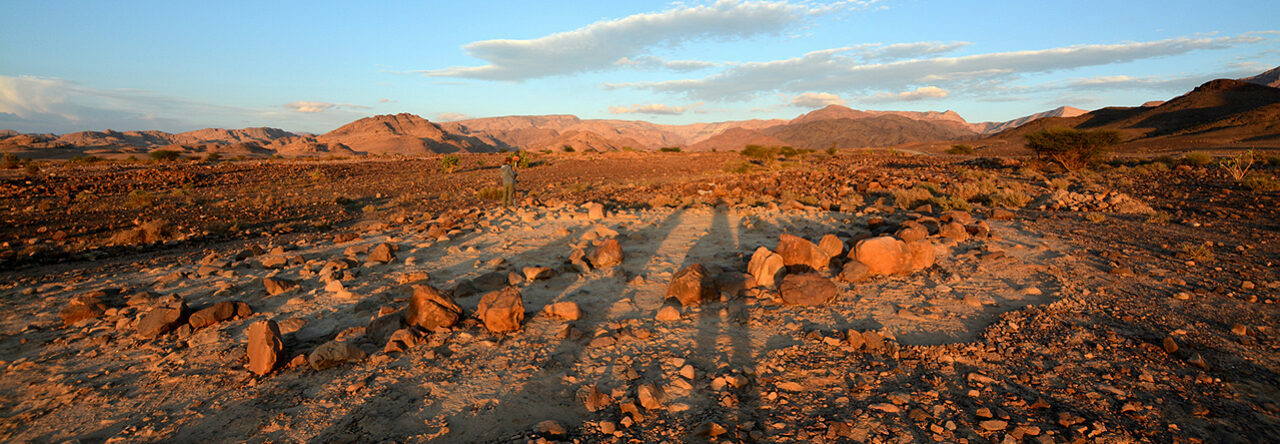 Researchers involved in the HLC Project, presented a series of papers on research in Jordan on ICAANE13. In the second half of May this year, a group of IA UJ employees, thanks to the support of the Mare Nostrum Lab project, took an active part in an important scientific event – ICAANE13 (International Congress on the Archaeology of the Ancient Near East), i.e. the 13th International Congress on the Archaeology of the Ancient Near East. The congress was held this time in Copenhagen.
Researchers involved in the HLC Project, presented a series of papers on research in Jordan on ICAANE13. In the second half of May this year, a group of IA UJ employees, thanks to the support of the Mare Nostrum Lab project, took an active part in an important scientific event – ICAANE13 (International Congress on the Archaeology of the Ancient Near East), i.e. the 13th International Congress on the Archaeology of the Ancient Near East. The congress was held this time in Copenhagen.
As part of their participation in the congress, our archaeologists gave 3 papers on IA UJ’s research in southern Jordan.
One of them described in form the excavation and laboratory research carried out in recent years within the Heritage-Landscape-Community (HLC) project. It presented the most important discoveries and material acquired at several southern Jordanian sites, and the results of physical and chemical analyses.
In the next two, the researchers reported on their work on a collection of flint tools, one of the most common types of artefacts discovered at prehistoric sites in that part of the world, and the discovery of a megalithic site in the Shawbak area. In the latter paper, DNA studies of bone remains found in one of the dolmen graves played an important role.
 Participation in the congress facilitated the establishment of new contacts that may result in interdisciplinary scientific projects in the future. It was also a great opportunity to promote the research supported by the Mare Nostrum Lab project internationally. It is noteworthy that our researchers have long been actively involved in the discussion of the late prehistoric period in southern Jordan and the southern Levant more generally.
Participation in the congress facilitated the establishment of new contacts that may result in interdisciplinary scientific projects in the future. It was also a great opportunity to promote the research supported by the Mare Nostrum Lab project internationally. It is noteworthy that our researchers have long been actively involved in the discussion of the late prehistoric period in southern Jordan and the southern Levant more generally.
